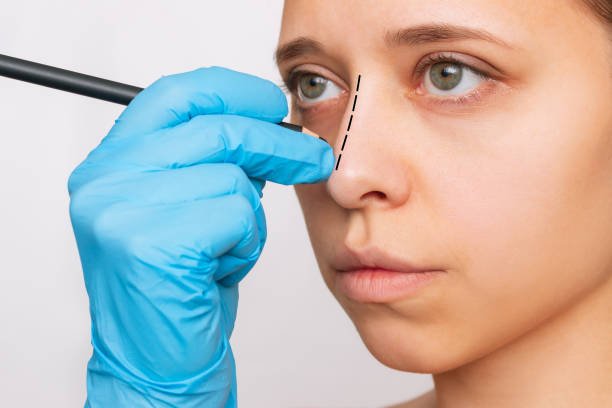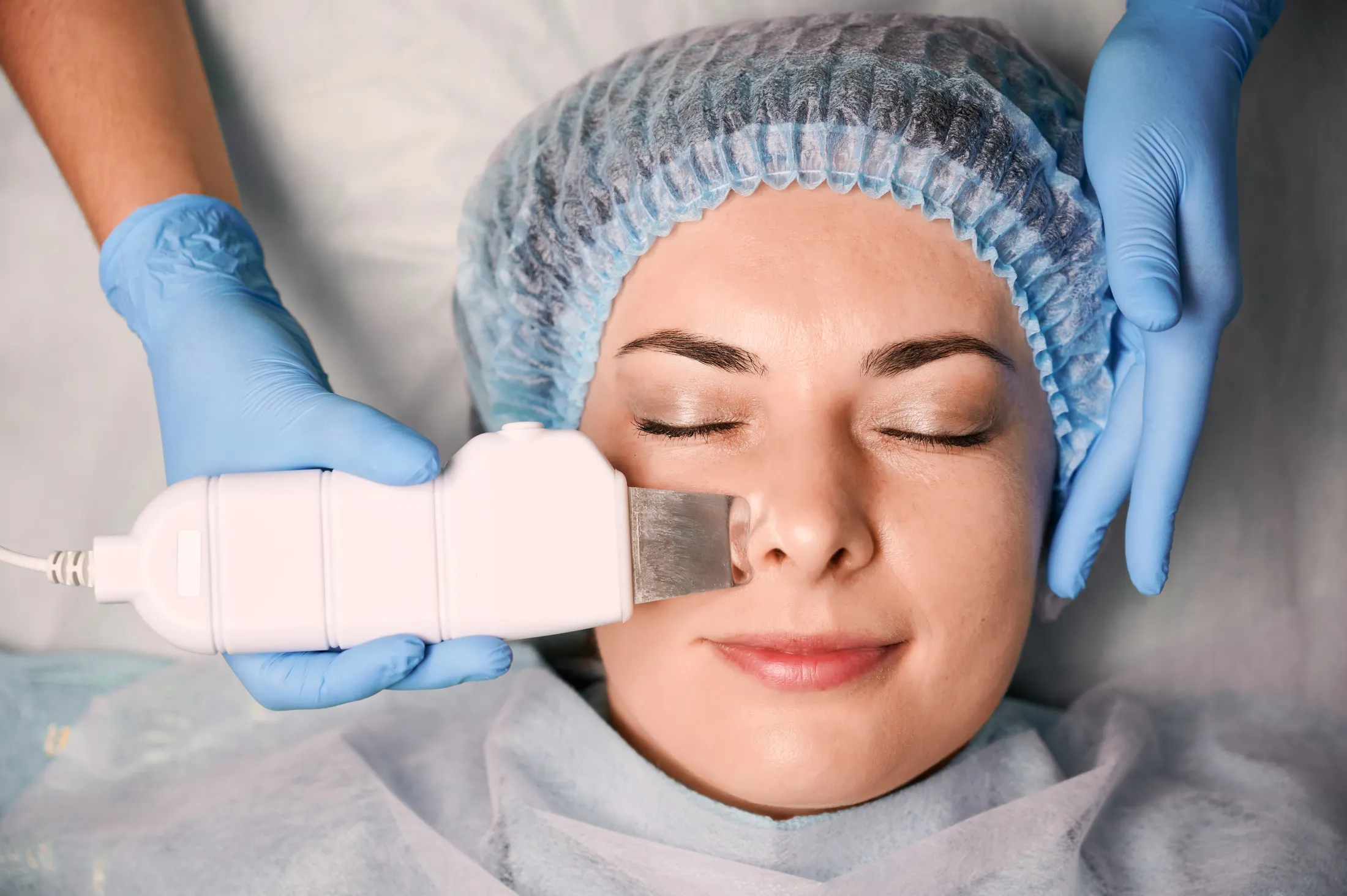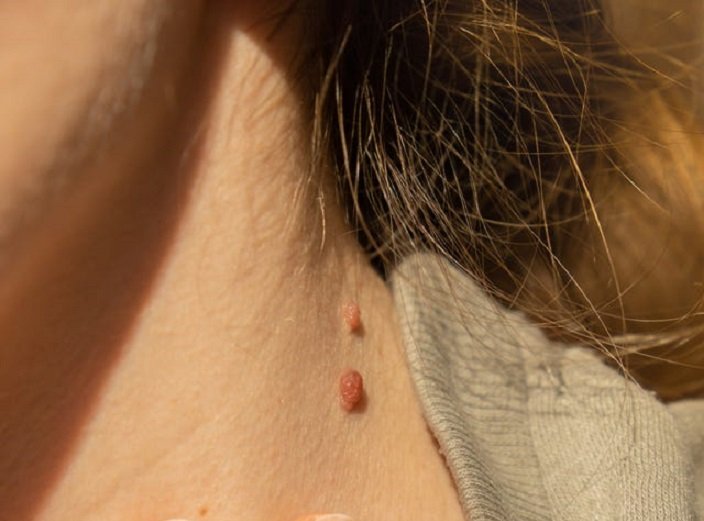Skin whitening treatments have become increasingly popular among individuals seeking to enhance their complexion, achieve a more even skin tone, or simply boost their confidence. As this trend gains momentum, many individuals find themselves asking: How often to get skin whitening treatment? Understanding the appropriate frequency of these treatments is essential to maximize benefits, maintain results, and ensure skin health. This comprehensive guide explores the factors influencing treatment frequency, different types of treatments available, and best practices for maintaining radiant skin.
Understanding Skin Whitening Treatments
What Are Skin Whitening Treatments?
Skin Whitening in Abu Dhabi encompass a variety of procedures designed to lighten the skin tone, reduce pigmentation, and promote a more uniform complexion. These treatments often target issues such as dark spots, hyperpigmentation, sun damage, and uneven skin tone. They can be performed through topical applications, chemical peels, laser therapies, or other advanced dermatological procedures.
Why Are Skin Whitening Treatments Popular?
The appeal of skin whitening lies in the desire for a brighter, clearer complexion that aligns with individual beauty standards or personal preferences. Many seek these treatments to enhance confidence, improve skin texture, or address specific skin concerns. The outcomes are often visible and can significantly impact one’s self-esteem and social interactions.
Factors Influencing the Frequency of Skin Whitening Treatments
Skin Type and Sensitivity
Different skin types react differently to whitening treatments. Sensitive skin may require longer intervals between sessions to prevent irritation, while more resilient skin might tolerate more frequent treatments. An individual’s skin sensitivity plays a crucial role in determining the optimal frequency.
Type of Treatment
The specific procedure chosen greatly influences how often treatments should be performed. For instance:
- Topical treatments: Often require daily or weekly application as part of a skincare routine.
- Chemical peels: Usually scheduled every 4-6 weeks, depending on depth and skin response.
- Laser treatments: Typically spaced 4-8 weeks apart, with some maintenance sessions needed over time.
Skin Concerns and Goals
The severity of pigmentation or skin concerns dictates treatment frequency. Those seeking subtle improvements may opt for fewer sessions, while individuals aiming for more dramatic results might undergo a series of treatments with carefully planned intervals.
Skin Recovery and Maintenance
Post-treatment skin needs time to recover and regenerate. Adequate intervals between treatments help reduce the risk of adverse reactions and allow the skin to heal. Additionally, maintenance sessions are often recommended to sustain results over time.
Recommended Treatment Frequency for Skin Whitening
Initial Phase: Achieving Results
During the initial phase of skin whitening, treatments are usually scheduled more frequently to stimulate noticeable improvements. For example:
- Chemical peels: Typically every 4-6 weeks.
- Laser therapies: Every 4-8 weeks.
- Topical treatments: Daily or as prescribed by a dermatologist.
This phase often lasts around 3-6 months, depending on individual goals and skin response.
Maintenance Phase: Sustaining Results
Once the desired skin tone and clarity are achieved, the focus shifts to maintenance. This involves:
- Periodic treatments: Every 2-3 months.
- Daily skincare: Using recommended creams and sunscreens.
- Lifestyle adjustments: Protecting skin from sun exposure and environmental damage.
Regular maintenance helps prolong the effects of whitening treatments and prevents pigmentation recurrence.
Long-Term Considerations
Consistent care and adherence to professional advice are vital for long-lasting results. Overly frequent treatments can strain the skin, leading to sensitivity or damage, while infrequent sessions may not sustain the desired outcome. A balanced approach tailored to individual needs is essential.
Best Practices for Skin Whitening Maintenance
Sun Protection
One of the most critical aspects of maintaining skin whitening results is diligent sun protection. Using broad-spectrum sunscreens, wearing protective clothing, and avoiding peak sun hours help prevent pigmentation buildup and maintain even skin tone.
Skincare Routine
Incorporating gentle cleansers, moisturizers, and targeted brightening products supports ongoing skin health. Antioxidants, vitamin C serums, and other nourishing ingredients can enhance the skin’s radiance.
Lifestyle Factors
Healthy lifestyle choices, such as a balanced diet, adequate hydration, sufficient sleep, and avoiding smoking and excessive alcohol, contribute to overall skin vitality and longevity of whitening results.
Choosing the Right Treatment Frequency
Consulting with a Skincare Professional
The optimal frequency of skin whitening treatments varies from person to person. Consulting a qualified dermatologist or skincare specialist ensures a personalized plan based on skin type, concerns, and goals.
Monitoring Skin Response
Regular assessments allow for adjustments in treatment intervals. If the skin shows signs of irritation or overexposure, further spacing between sessions may be necessary.
Personal Preferences and Lifestyle
Individual schedules, commitments, and preferences influence treatment planning. A professional can help design a feasible routine that aligns with personal lifestyles while achieving desired outcomes.
Commonly Asked Questions About Skin Whitening Treatment Frequency
1. How long does it take to see results from skin whitening treatments?
Results can typically be observed within a few weeks to a couple of months, depending on the treatment type and individual skin response.
2. Can I get skin whitening treatments more frequently for faster results?
While eager for quick results, over-frequent treatments can harm the skin. It’s essential to follow professional recommendations to ensure safety and optimal outcomes.
3. How often should I undergo maintenance sessions after achieving my desired skin tone?
Maintenance sessions are generally recommended every 2-3 months, but this can vary based on skin type and the specifics of the initial treatment plan.
4. Is it safe to combine different skin whitening procedures?
Combining treatments should only be done under professional supervision. A skincare expert can advise on safe combinations and appropriate intervals to maximize benefits and minimize risks.
Conclusion
Skin whitening Abu Dhabi or any other location requires a thoughtful approach to treatment frequency to ensure skin health and long-lasting results. The ideal schedule depends on individual skin type, the specific procedure performed, and personal skin concerns. Regular consultations with skincare professionals, diligent sun protection, and proper skincare routines are essential components of a successful skin whitening journey. By understanding these factors and adhering to expert advice, individuals can achieve a radiant, even complexion safely and effectively.
















Leave a Reply